Name: Mantua and Sabbioneta
Address: 46100 Mantova
Official Website: http://whc.unesco.org/en/list/1287/
![[World Heritage] What Are Mantua and Sabbioneta? | Artistic Cities of the Renaissance?](https://skyticket.com/guide/wp-content/uploads/2025/08/shutterstock_789571033-1200x675.jpg)
[World Heritage] What Are Mantua and Sabbioneta? | Artistic Cities of the Renaissance?
The World Heritage sites of Mantua and Sabbioneta are two cities located in the Province of Mantua in northern Italy. Both are highly regarded for their urban planning from the Renaissance period, which influenced nearby cities.
Designated as World Heritage Sites, these cities feature artistic cityscapes, including central areas where Renaissance-era buildings remain, the Palazzo Te, and streets facing the Church of San Sebastiano. Below, we introduce the charm of Italy’s World Heritage cities of Mantua and Sabbioneta.
table of contents
[x] close
[World Heritage] What Are Mantua and Sabbioneta? | Artistic Cities of the Renaissance?
What Are Mantua and Sabbioneta?
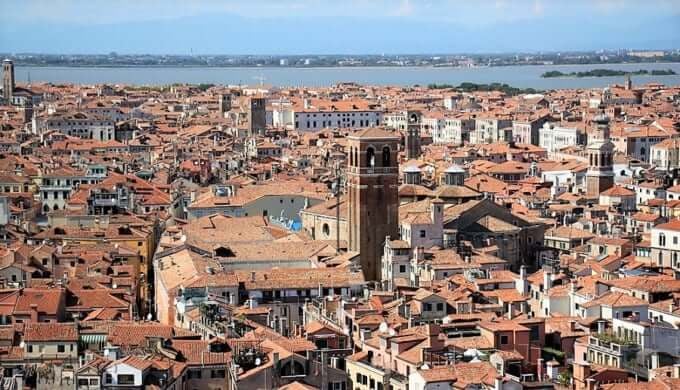
Mantua is a small town of about 50,000 people in the Lombardy region of northern Italy. It has an ancient history dating back to the 6th century BC. The UNESCO-listed areas cover a wide range, from the city center, including Piazza delle Erbe and Piazza Mantegna—lined with Renaissance buildings from the 14th to 16th centuries—to the Palazzo Te in the southern part of the city.
Sabbioneta, about 30 km northwest of Mantua, is a small town with a population of about 5,000. It was built in the 16th century by Vespasiano Gonzaga, known as Italy’s leading expert in fortress construction. Its historic center, surrounded by hexagon-shaped walls, is registered as a World Heritage Site and contains landmarks such as the Ducal Palace, the Church of the Incoronata, and an ancient theater.
Access to Mantua and Sabbioneta
From Milan, Mantua can be reached in about two hours by local train, although service is infrequent—only about one train every few hours. From Verona, it takes about 35 to 50 minutes by local train. To reach Sabbioneta from Mantua, take the No. 17 APAM bus.
Recommended Highlights of Mantua and Sabbioneta
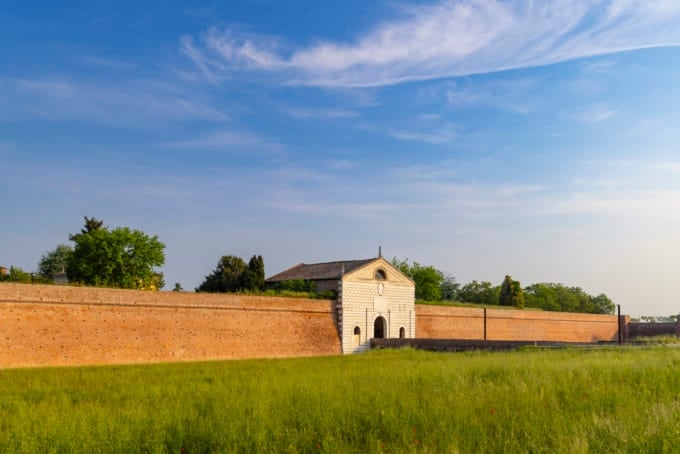
San Sebastiano Church
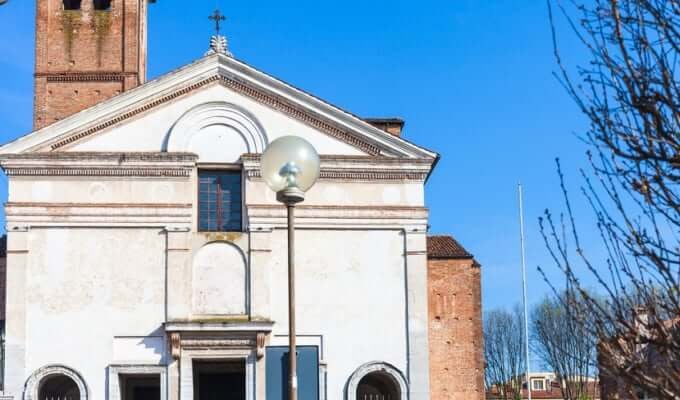
The San Sebastiano Church in Mantua and Sabbioneta is dedicated to Peter, the first disciple of Jesus, and Paul, who once persecuted Christians as a Jew but converted after hearing the voice of Christ.
Beneath the church lies a 12-kilometer-long catacomb, where Saint Sebastian—after whom the church is named—is enshrined. According to legend, Saint Sebastian survived being struck by arrows and is revered as a patron saint who protects against the Black Death (plague). Inside the church, you can find notable paintings and sculptures depicting Saint Sebastian, making it a must-see.
Palazzo Te
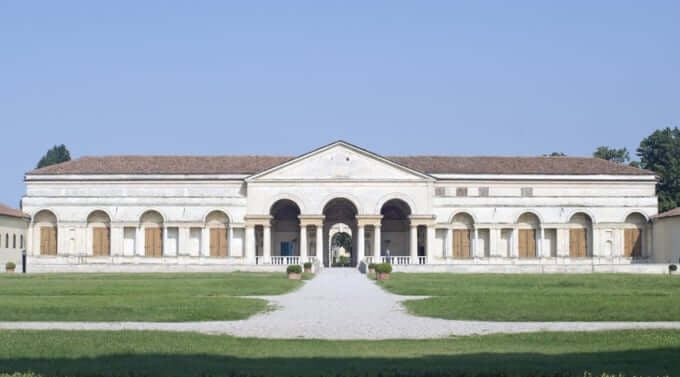
In the Italian World Heritage cities of Mantova and Sabbioneta, the "Te" in Palazzo Te is an abbreviation of Tejeto, the name of the land where the palace stands. The architect behind this palace was Giulio Romano, a painter and pupil of Raphael. His mastery in both architecture and decoration has earned universal praise, making this palace a supreme work of art.
Inside Palazzo Te, every room—from the magnificent frescoes and ceiling paintings to the intricate decorations—is an awe-inspiring masterpiece. There are 14 rooms in total, each with its own theme. The highlight is the Chamber of the Giants, where the entire room is covered in frescoes. The technique is so extraordinary that it astonishes viewers, using perspective and trompe-l'œil to create the illusion of stepping into a 3D world.
When visiting Palazzo Te in Mantova and Sabbioneta, immerse yourself in Giulio Romano’s greatest masterpiece—the dreamlike Chamber of the Giants—and enjoy an unforgettable experience.
Basilica of Sant’Andrea
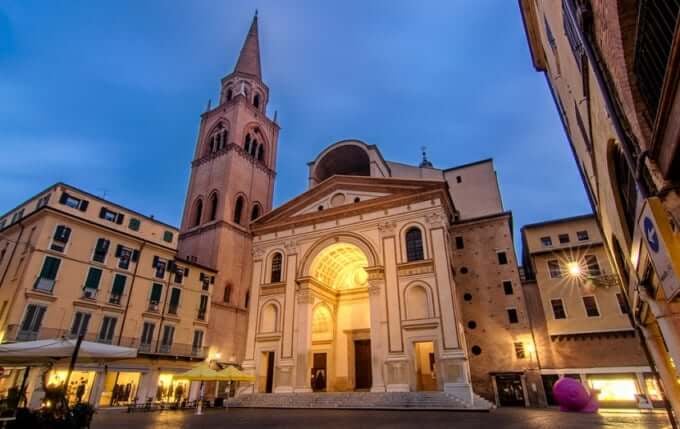
The Basilica of Sant’Andrea in the Italian World Heritage cities of Mantova and Sabbioneta is an example of early Renaissance architecture that influenced the new era. Located facing Piazza delle Erbe, this basilica is impressive, majestic, and sure to leave a lasting memory.
One of the most recommended highlights is the basilica’s main altarpiece, Madonna and Child Enthroned with Saints. The artwork is beautiful and moving—depicting the Virgin Mary seated on a throne holding the young Christ, accompanied by Saint John the Baptist and Saint Nicholas. The painting’s beauty tells a silent story, captivating people from all over the world. The basilica’s architecture, paintings, sculptures, and many other artistic works make it a must-see and a truly valuable World Heritage site.
◎ Summary
The Italian World Heritage cities of Mantova and Sabbioneta boast numerous buildings constructed in the Renaissance style, incorporating elements ranging from early Renaissance to later developments. These structures are celebrated worldwide as splendid works of art.
A visit to Mantova offers the chance to experience the breathtaking works of great Renaissance architects and painters—masterpieces that continue to influence people across the globe. Witness the streetscapes of this World Heritage site and see its beauty for yourself.
RELATED ARTICLES
REGIONS
CATEGORIES
FEATURED ON Italy
-
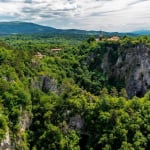
Introducing All 5 World Heritage Sites in Slovenia! Explore the Magnificent World Heritage of This Small Country
-
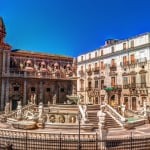
Representative Souvenirs from Palermo, the Largest City in Sicily
-
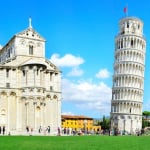
Everyone is Tilted! 4 Popular Souvenirs from Pisa, Italy — Home of the Leaning Tower of Pisa
-
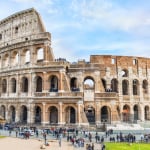
When It Comes to Rome Souvenirs, This Is It! We Introduce 4 Recommended Classics
-
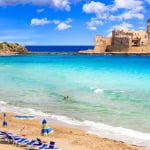
A Fascinating Province in Italy! Exploring the Tourist Spots of Crotone!
MOST POPULAR ON Italy
-
 1
1Doha: Must-see Attractions in the Capital of Qatar
-
 2
2Toronto: 10 Things to do in this Picturesque Canadian City
-
 3
3Amarillo: A City Famous for It’s Amazing Canyons, Great History and Music
-
 4
4South Korea: Dazzling Scenery, Rich Culture and Fascinating History
-
 5
5Kuwait: A Country in Middle East Asia Famous for Hot Sand Dunes and Stunning Cityscape





